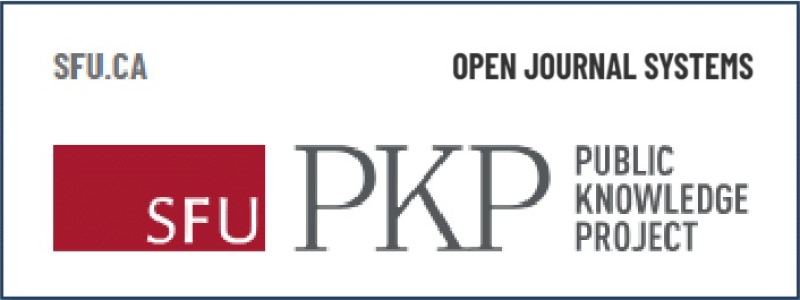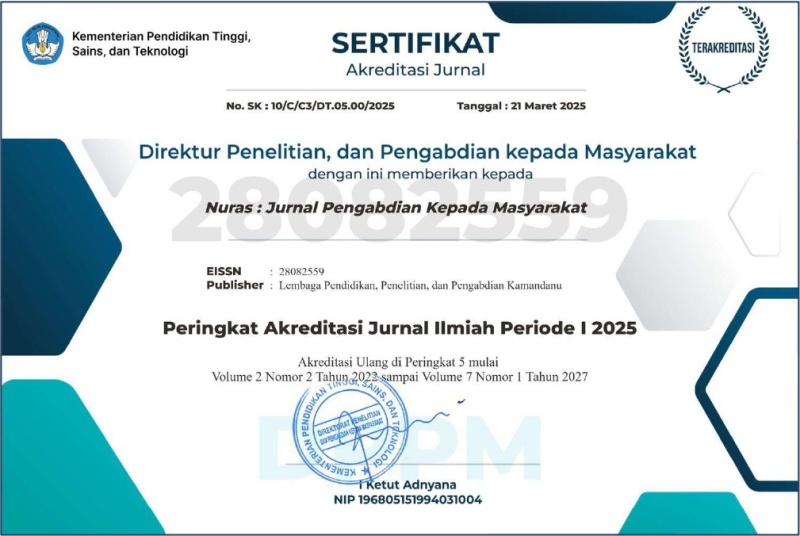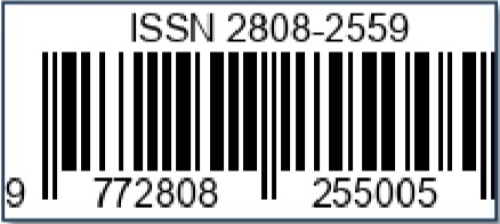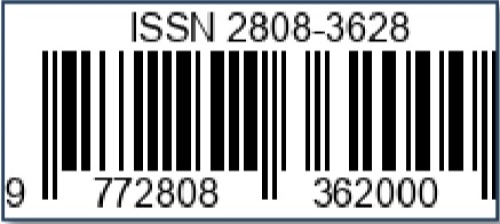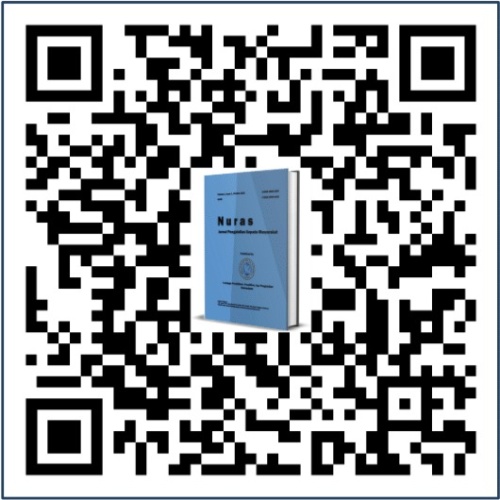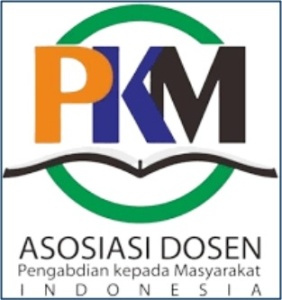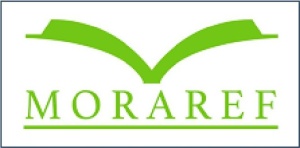Vaksinasi dan Pemberian Obat Cacing sebagai Upaya untuk Meningkatkan Kesehatan Hewan Ternak
DOI:
https://doi.org/10.36312/nuras.v5i1.284Keywords:
Livestock, Health, Worm Medicine, Vaccination.Abstract
Like humans, livestock are also very susceptible to various types of diseases, both infectious and non-infectious. Vaccination is one way to prevent certain diseases. The purpose of vaccination is essentially to provide immunity (antibodies) to livestock so that they can fight antigens or microorganisms that cause disease. Vaccination is the administration of antigens to stimulate the immune system to produce specific antibodies against diseases caused by viruses, bacteria, and protozoa. As is known, diseases in livestock are divided into infectious diseases and non-infectious diseases. The purpose of this activity is to provide vaccines and deworming drugs as an effort to improve the health of livestock in Pandan Wangi Village, Jerowaru District, East Lombok Regency. After completing the deworming, do not forget to remind the cattle owners that the administration of this deworming drug is very important in order to prevent cattle from getting worms. Worms usually occur in calves. Deworming is highly recommended if the cattle experience symptoms of worms that are not too severe. In essence, prevention so that cattle are not easily infected with worms is to keep cleaning the cattle pen and cleaning the environment where the cattle are. Because worm disease is zoonotic, it can be transmitted from animal to animal or from animal to human. Transmission can occur through contact with worm eggs in feces or direct contact. Wormxzol-b worming medicine for cattle is used as prevention and treatment of gastrointestinal worm infections caused by roundworms, whipworms, hookworms, and tapeworms, as well as control of giardiasis.
Downloads
References
Ditniadry, D. (2023). Persepsi Peternak Sapi Potong terhadap Wabah Penyakit Mulut dan Kuku di Dusun Jambua Desa Bontomarannu Kecamatan Monongloe Kabupaten Maros. Skripsi. Universitas Hasanuddin.
Joegijantoro, R. (2019). Penyakit Infeksi. Malang: Intimedia.
Keputusan Menteri Kesehatan Republik Indonesia Nomor 829 Tahun 1999 tentang Persyaratan Kesehatan Perumahan. 1999. Jakarta: Kementerian Kesehatan Republik Indonesia.
Luthfi, N., Susanti, I., Nuraliah, S., Faradila, S., Suryani, H. F., Salido, W. L., Armayanti, A. K., Jannah, R., Khaeruddin, K., & Prima, A. (2024). Pengantar Peternakan. Jambi: PT. Sonpedia Publishing Indonesia.
Muslimah, P. A. (2017). Faktor-faktor yang Berhubungan dengan Kejadian Infeksi Cacing pada Pekerja Armada Mobil Sampah di Kota Makassar. Skripsi. Universitas Islam Negeri Alauddin Makassar.
Peraturan Menteri Pertanian Republik Indonesia Nomor 40/Permentan/OT.140/7/2011 tentang Pedoman Pembibitan Ayam Ras yang Baik. 2011. Jakarta: Kementerian Pertanian Republik Indonesia.
Peraturan Pemerintah Republik Indonesia Nomor 95 Tahun 2012 tentang Kesehatan Masyarakat Veteriner dan Kesejahteraan Hewan. 2012. Jakarta: Pemerintah Republik Indonesia.
Ramaiyulis, R., Salvia, S., & Dewi, M. (2022). Ilmu Nutrisi Ternak. Payakumbuh: Politeknik Pertanian Negeri Payakumbuh.
Raslina, H., Dharmawibawa, I. D., & Safnowandi, S. (2018). Diversity of Medicinal Plants in National Park of Rinjani Mountain in Order to Arrange Practical Handout of Phanerogamae Systematics. Bioscientist: Jurnal Ilmiah Biologi, 4(1), 1-6. https://doi.org/10.33394/bioscientist.v4i1.210
Undang-Undang Nomor 6 Tahun 1967 tentang Ketentuan-ketentuan Pokok Peternakan dan Kesehatan Hewan. 1967. Jakarta: Pemerintah Republik Indonesia.
Undang-Undang Nomor 18 Tahun 2009 tentang Peternakan dan Kesehatan Hewan. 2009. Jakarta: Pemerintah Republik Indonesia.

Downloads
Published
How to Cite
Issue
Section
License
Copyright (c) 2025 Ikhwanul Azhar

This work is licensed under a Creative Commons Attribution-ShareAlike 4.0 International License.
-
Attribution — You must give appropriate credit, provide a link to the license, and indicate if changes were made. You may do so in any reasonable manner, but not in any way that suggests the licensor endorses you or your use.
-
ShareAlike — If you remix, transform, or build upon the material, you must distribute your contributions under the same license as the original.

